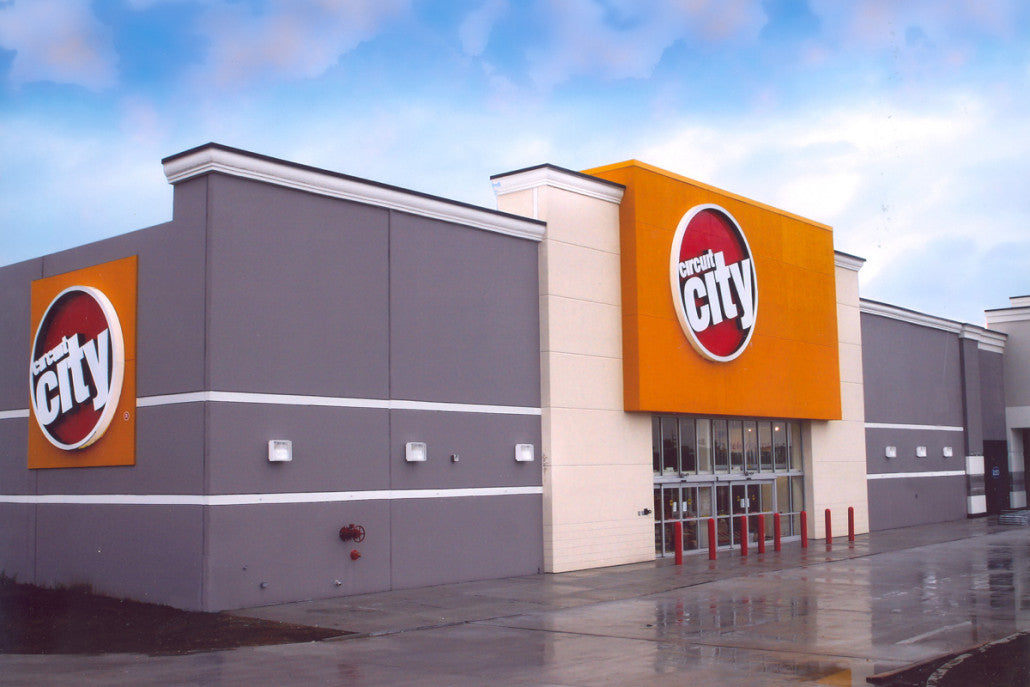Circuit City began by taking over the last few stores of the defunct Lafayette Radio chain, and was once one of the largest electronics dealers in the world, and second only to Sears in sales of appliances. By the turn of the century, competition from Best Buy, Home Depot, and others led to declining revenue, and the stores became out of date and ill-kept; perhaps Sears could’ve learned from Circuit City’s bad example.
Finally, in November, 2008, the company filed for bankruptcy. You’d think that would be the end of the story…but not quite.
Having once been brought in to run a smallish business through the byzantine process of Federal bankruptcy, I can vouch that it can be complicated, and tends to take longer than expected. But the Circuit City bankruptcy has just entered its 10th year. Even the bankruptcy of Penn Central—in its day, the largest bankruptcy ever—took less time to process.
Why on Earth has this bankruptcy dragged out forever?
Initially, the company filed for a Chapter 11 bankruptcy, indicating the company intended to reorganize. That dragged on for a few years until creditors forced the company to file Chapter 7, which calls for liquidation of assets; and at that point, it took even longer for creditors to agree upon a liquidation plan. Claims exceeding $1.2 billion were filed by over 17,000 creditors, and court records show over 14,000 docket entries. Amazingly enough, more than half of the $1.2 billion in claims has been paid out, with still more to be paid out. In many bankruptcy cases, creditors are lucky to get pennies on the dollar—if anything at all.
And, oh: $182 million has been paid out in legal and professional fees.
The presiding judge has extended the term of the trust overseeing the bankruptcy estate until November 1 of next year. The hope is that the case will be wrapped up by then.
I’d say I wish them luck—but I’m not even sure what that means at this point.



